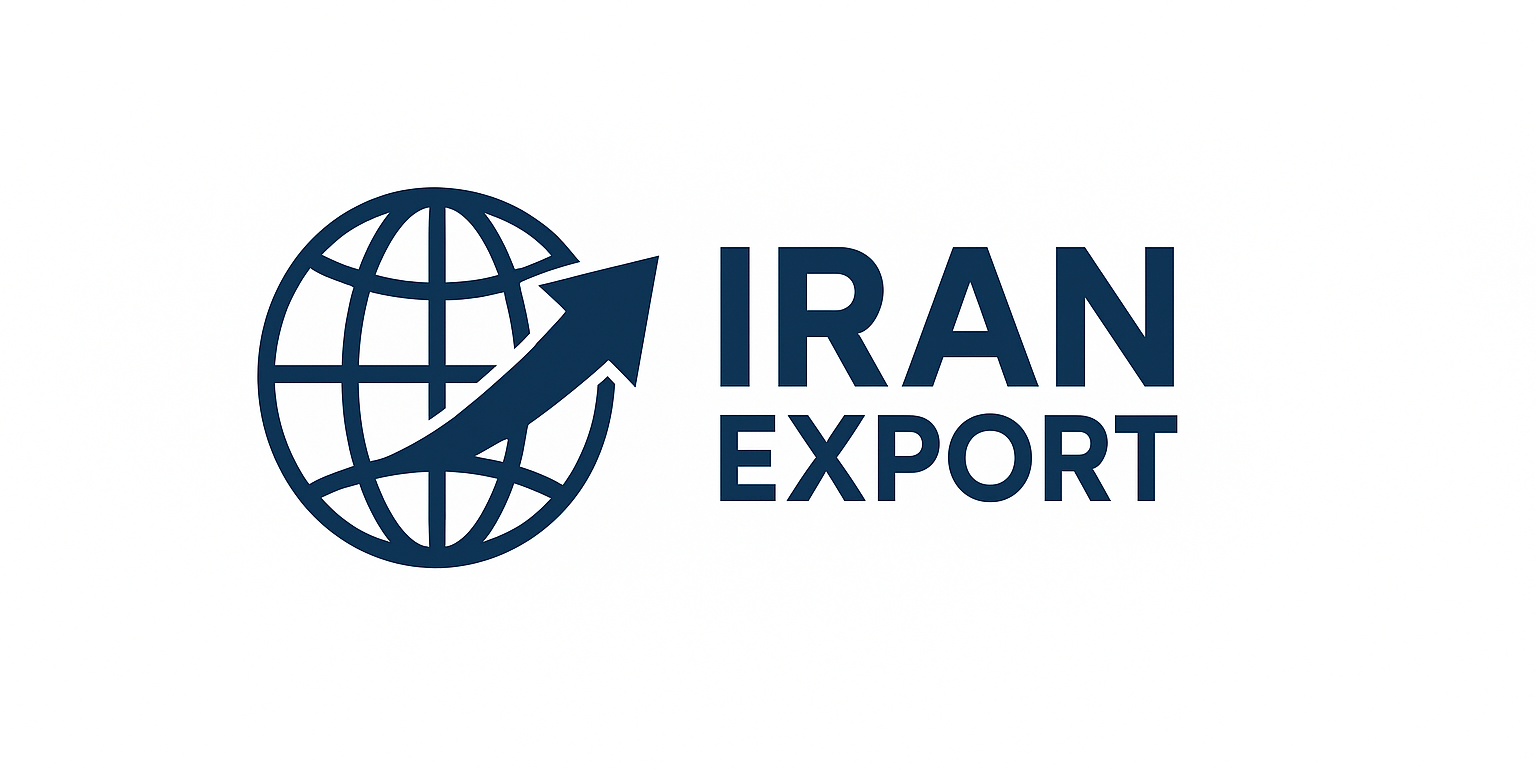Persian carpets and traditional textiles such as kilims, jajims, and ziloos are the result of a masterful blend of intricate designs, vibrant colors, natural fibers (like wool and silk), and centuries-old weaving techniques. Their handwoven nature and artistic patterns make them not just functional products, but valuable works of art.
These industries require relatively low investment and create significant employment, especially in rural and nomadic areas. Many women contribute to the production process from home, turning traditional weaving into a sustainable source of income for local communities.
Handwoven Persian carpets are among Iran’s most prominent non-oil exports, with a strong presence in European, American, Arab, and East Asian markets. Their cultural value and authenticity are highly appreciated by international buyers.
The unique combination of superior craftsmanship, high-quality materials, globally recognized designs, and the deep-rooted cultural identity of Persian carpets provides Iran with a clear edge over regional competitors. Additionally, Iran’s diverse climate and ethnic heritage result in a wide variety of weaving styles and motifs, further strengthening its competitive position.
